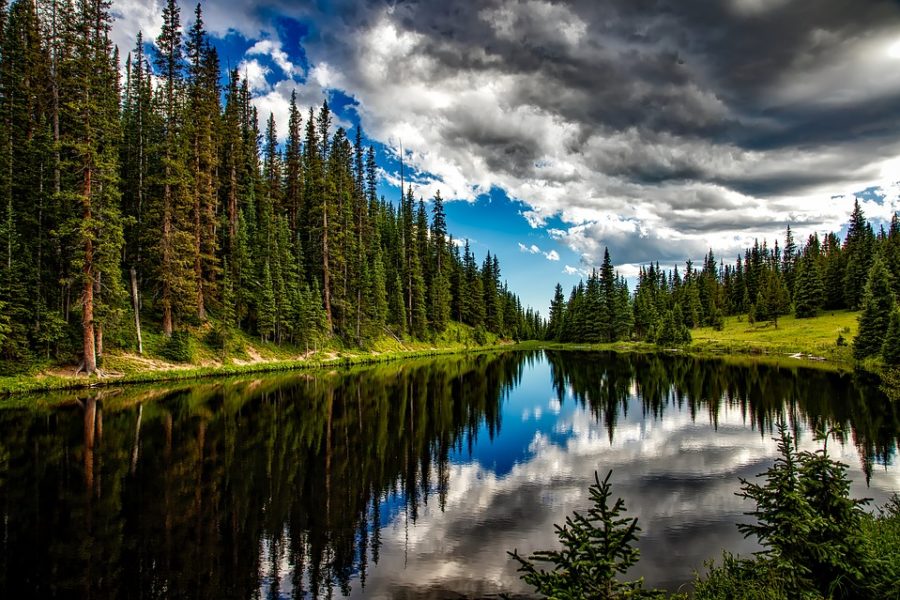Book mobile pet Grooming Texas

Praise from our satisfied customers:
Service areas in Texas
Landmarks



A Brief History of Texas
Before European contact, Texas was home to numerous Native American tribes, including the Caddo, Comanche, Apache, and Karankawa. These indigenous groups thrived in different regions of Texas, relying on hunting, farming, and trade.
The first Europeans to explore Texas were Spanish conquistadors in the early 1500s. In 1519, Alonso Álvarez de Pineda mapped the Texas coastline. Later, in 1685, the French explorer La Salle established Fort St. Louis, but Spain soon reclaimed control. Over the next two centuries, Spain built missions, such as The Alamo in San Antonio, to convert indigenous people and secure its claim to the land.
In 1821, Mexico gained independence from Spain, and Texas became part of the new nation. Mexico encouraged American settlers, led by Stephen F. Austin, to move into Texas. However, tensions grew between settlers and the Mexican government over issues like immigration policies and governance.
Discontent among settlers erupted into the Texas Revolution. Key battles included the Battle of Gonzales, the Battle of the Alamo, and the Battle of San Jacinto. On April 21, 1836, Texan forces led by Sam Houston defeated General Santa Anna at San Jacinto, securing Texas' independence.
Texas declared itself an independent republic and functioned as its own nation for nearly a decade. During this time, Sam Houston served as its first president, and the republic faced economic struggles and conflicts with Mexico.
Location & Climate
Beyond its physical size, Texas boasts a rich cultural and economic diversity, shaped by centuries of indigenous habitation, European exploration, and modern industry. The state's unique topography and climate have long influenced its industries, from cattle ranching and oil drilling to farming, technology, and international trade.
The location and climate of Texas play a defining role in its economic, cultural, and environmental landscape. Its southern positioning means it experiences a variety of weather patterns, from scorching summers in the west to humid, storm-prone conditions along the Gulf Coast.
Texas’ proximity to Mexico has also shaped its demographic and cultural identity, blending influences from Latin America with the traditions of the American South and West. Meanwhile, the Gulf of Mexico fuels Texas' economy through shipping, fishing, and energy production, while also exposing the state to tropical storms and hurricanes.
Fun Facts of Texas and Pets
In 2005, Texas designated the Blue Lacy as its official state dog. This breed, developed in the mid-19th century by the Lacy brothers, is renowned for its agility, intelligence, and work ethic, making it a favorite among ranchers for herding livestock and hunting.
Austin consistently ranks among the most dog-friendly cities in the U.S. The city boasts numerous off-leash parks, dog-friendly restaurants, and even businesses that welcome canine companions, reflecting the community's deep appreciation for pets.
Texas' lenient exotic pet laws allow residents to own a variety of unusual animals, including big cats like tigers and cougars, primates, and even certain bear species. However, ownership requires adherence to specific regulations to ensure public safety and animal welfare.
Texans have a notable affinity for pets, with approximately 58.2% of households owning at least one animal companion. Dogs are particularly popular, residing in 43.4% of homes, while cats are found in 20.5% of households.